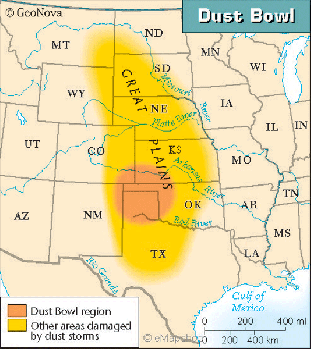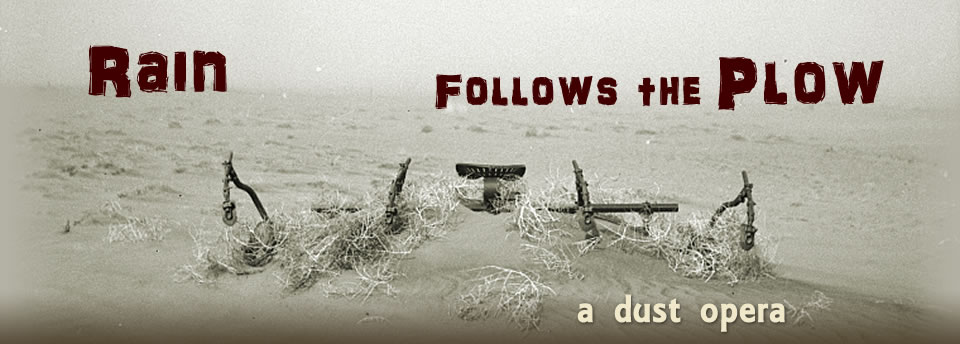The Dust Bowl shaped the New Deal’s legacy of the welfare state, agricultural subsidies, and natural resource management. It also gave us a desert in the heart of the nation. How is it so misunderstood?
The History
We think of our time as one of rapid change, but we forget how compressed our history really is. Old folks living in the 1930s could remember the Civil War, the massacre of the buffalo, the subjugation of the Native Americans, World War, the Roaring Twenties, and Prohibition. The last of those born in the Dust Bowl are just now dying off. The settlers of the Great Plains had one foot in the Wild West and one in the world of radio and baseball. Horses and cars shared the roads. Farmers couldn’t decide whether they were self-sufficient pioneers or market capitalists.

The Dust Bowl disaster was the inevitable result of plowing and farming a land where there simply was not enough rainfall. The headlong rush for survival and profit, accelerated by modern industrial farming technology, collided with an extended and severe drought. In just a short breath of history, a productive grassland the size of New England plus New York was turned into desert. In 1935 alone, 850 million tons of soil took to the air—eight tons for each American.
Most people associate the Dust Bowl with the great migration to California during the 1930s. This is largely a misconstruction. It's true that approximately a third of the region's population left, although they went all different directions. The wave that went to California was made up of people from all over America's agricultural regions.
To learn more about the Dust Bowl, you can't find a better starting place than Timothy Egan’s award winning book, The Worst Hard Time. Other great sourcesl include Donald Worster's Dust Bowl: The Southern Plains in the 1930s, Caroline Henderson's Letters from the Dust Bowl, and Sonora Babb's novel, Whose Names Are Unknown.
The video above is the Great American Song Contest-winning "Indian Joe," as performed by Kevin Dudley and Marcy Cochran, at the first public performance of Rain Follows the Plow. To see the entire show, see the YouTube playlist.

